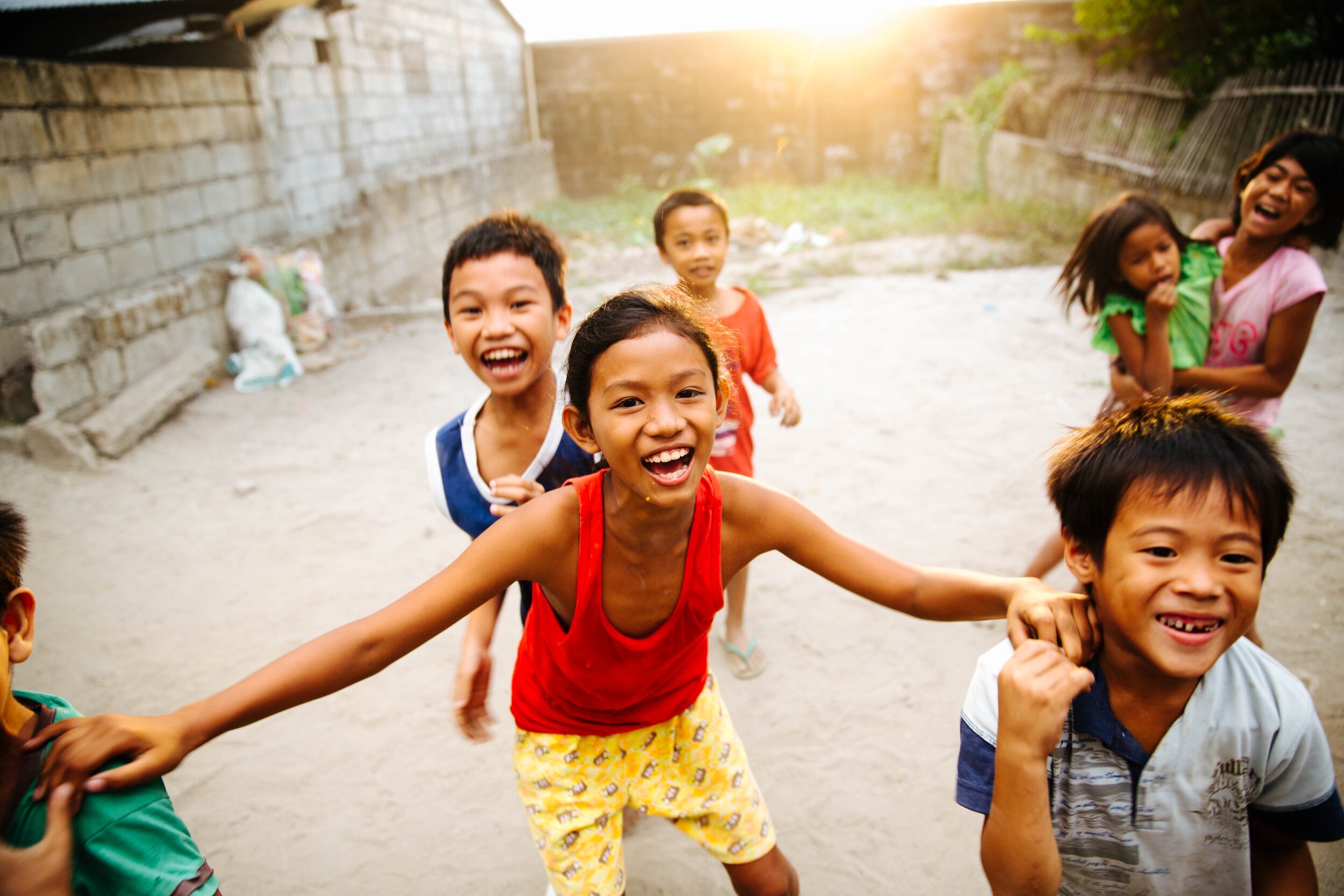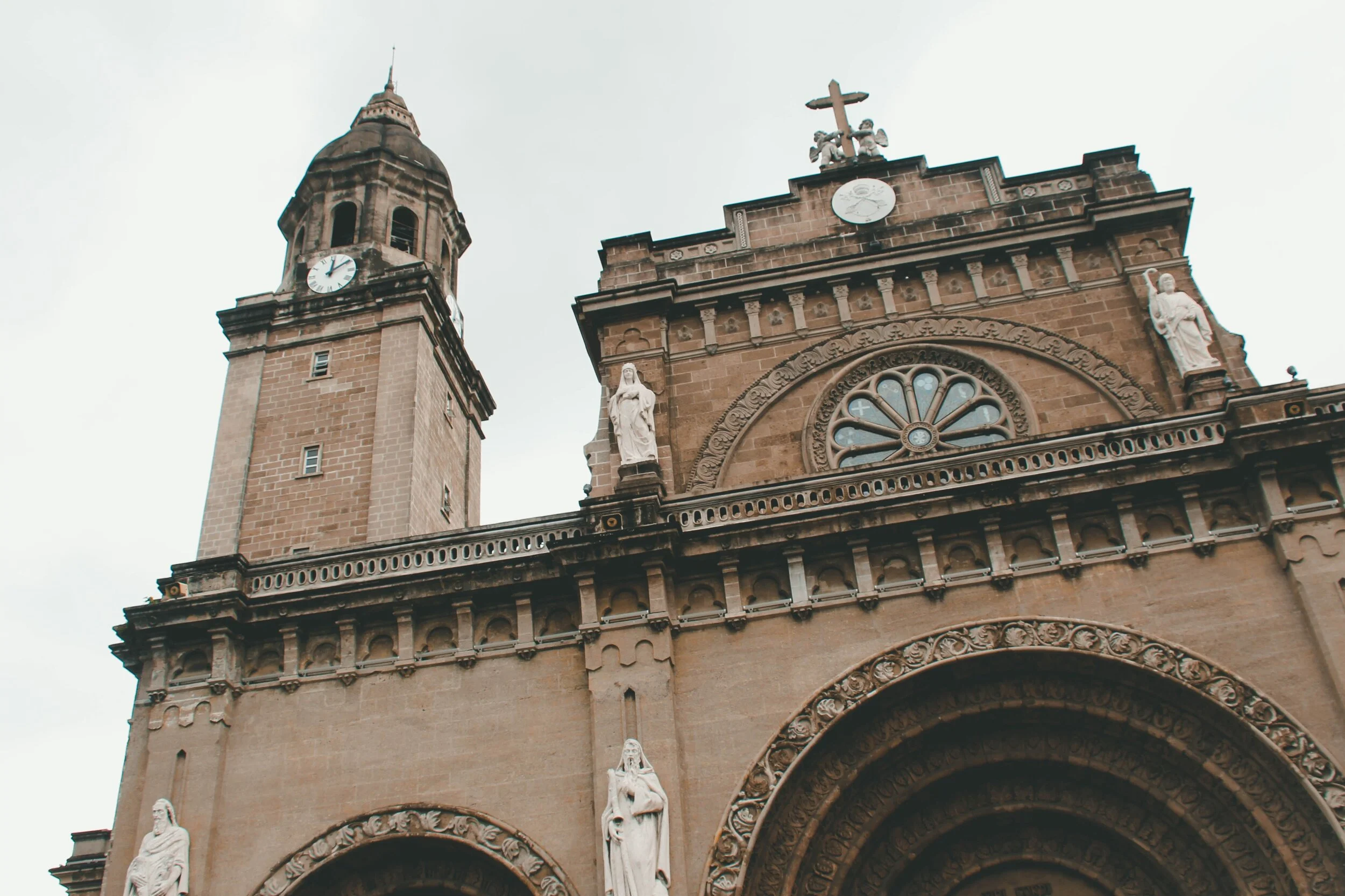The Philippines is commonly referred to as a melting pot of western and eastern cultures. The traditional culture of the Philippines is heavily influenced by the traditions of the indigenous Austronesian people. The cultural landscape also features Spanish, American, Japanese, Arabic, and Indonesian influence. The major religions in the country are Christianity and Islam which have played a significant role in shaping the culture of the Philippines.
The Philippines is filled with beautiful sceneries, rich culture and tons of friendly and welcoming people.
Interacting with Filipinos is part of the unique travel experience in the Philippines.
Here are some facts in what to expect with Filipino people:
● You will be surrounded by tons of delicious food!
● They’ll treat you like family.
● They’ll feed you as well as your grandma does.
● They exude positivity.
● They’re among the friendliest people you’ll come across.
● They have a fantastic sense of humor.
● They are empathetic and helpful.
● They’re the most interesting mix of different cultures.
● They’ll upgrade your Insta feed.
Language
In the Philippines, due to a history of multiple settlements, more than 170 languages are spoken and only 2 of them are official in the country: Filipino and English. The Eight (8) major dialects are Bikol, Cebuano, Hiligaynon (Ilonggo), Ilocano, Kapampangan, Pangasinan, Tagalog, and Waray.
Religion
Religion holds a central place in the life of most Filipinos, including Catholics, Muslims, Buddhists, Protestants, and animists. It is central not as an abstract belief system, but rather as a host of experiences, rituals, ceremonies, and adjurations that provide continuity in life, cohesion in the community, and moral purpose for existence. Religious associations are part of the system of kinship ties, patron client bonds, and other linkages outside the nuclear family. Three out of four Filipinos consider their religion to be “very important,” according to the latest survey of the Social Weather Stations Inc. (SWS).
Extended Christmas
In the Philippines, Christmas begins in September and ends in January during the 'Feast of the Three Kings.' Food and traditions are very similar to America. The countdown from September to January is known as the "Ber Months" and includes decorations and lots of parties.
Tingling and Sigil
These are names of two of the Philippines' traditional folk dances. These dances are unique and are being preserved by the Bayanihan Philippine National Folk-Dance Company. When performing during special occasions, Filipinos dress in national garb.
Intrigued by the Philippines? Click on the link below and we can help you plan your amazing adventure there.
Want to learn a little bit more about the Philippines, then check out our destination guide on the Philippines.
Philippines






